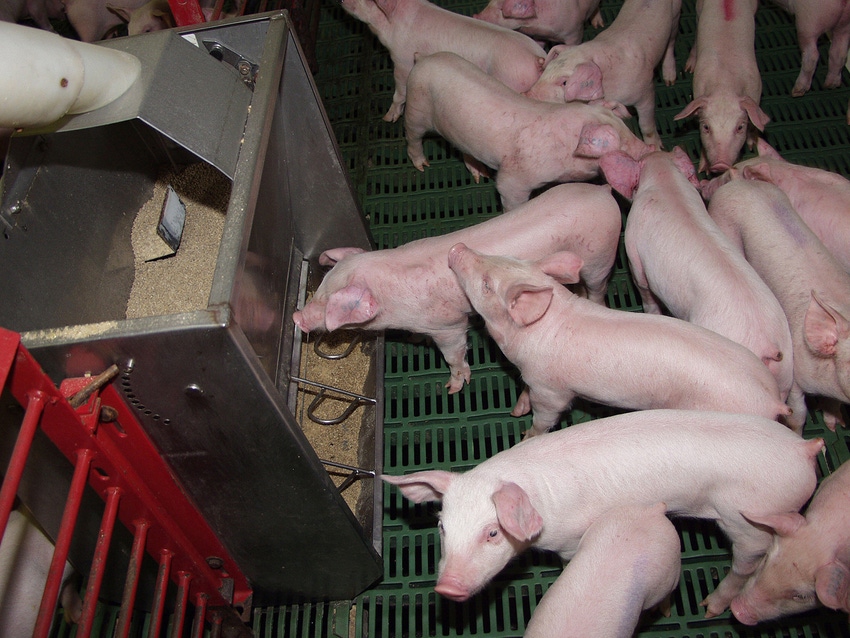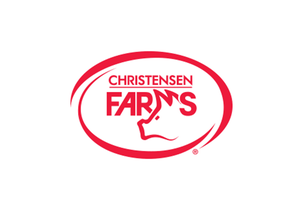Engineering enzyme complexes to specifically act on fiber types specific to feedstuffs, while maintaining activity in the animal’s gut, is still a challenge.

Earlier this year, Archer Daniels Midland Company announced it would be joining the commercial enzyme market with a new fiber-degrading non-starch polysaccharide product and opening a new enzyme research laboratory in California.
Since the announcement, National Hog Farmer had the opportunity to catch up with Dan Jones, swine technical manager, ADM Animal Nutrition, on where the company sees enzyme technology headed in the future and the evolving role it will play in swine nutrition.
NHF: How has the technology improved and what do we know today about how to successfully utilize enzymes in swine diets?
Jones: Technology is improving continually in the enzyme development space, and we are constantly striving to obtain a better understanding of substrate-enzyme interactions that are crucial to achieving better activity and nutrient utilization. There are many different types of fiber substrates which have different types of complex chemical structures. We now know that it takes multiple enzyme complexes to effectively act on different types of fiber. Engineering enzyme complexes to specifically act on fiber types specific to feedstuffs, while maintaining activity in the animal’s gut, is still a challenge. However, we believe we can be successful with a strong developmental effort utilizing industry leading in vivo and in vitro screening techniques.
While enzymes can increase energy and amino acid digestibility in high-fiber diets, what other health or performance benefits are we seeing today?
Jones: The industry accepts that when we break down compounds like fiber and phytate that are present in feedstuffs we see better overall nutrient utilization and subsequently better animal health. The phytate story is straight forward in that we are destroying an anti-nutrient compound and hence its ability to negatively impact other nutrients. The fiber story, on the other hand, seems to be more complex to understand. We understand that there are underlying shifts in the gut microbiome that happen in conjunction with an increased breakdown of fiber into smaller polysaccharide units. These overall changes related to enzyme action on fiber in the gut environment have produced some observed improvements in overall livability of pigs which is quite significant and valuable.
Why should producers and nutritionists consider a multi-enzyme complex over individual enzymes?
Jones: For an NSP enzyme product to be most effective it needs to contain multiple protein and enzyme activities. The structure of fibrous compounds in feed ingredients varies in almost every ingredient source. If we do not add the key enzyme products needed to unlock the nutrients in fiber by targeting the right chemical bonds in the fiber structures, we cannot expect to be successful. Conceptually, this is akin to tumblers in a lock. If the key you have turns all of the tumblers but one in a lock, it will not open that lock.
Where does ADM see the enzyme business going forward?
Jones: Enzymes represent a new wave of technology deployment in compounding the feeds that our animals consume. Getting the most out of those ingredients has improved dramatically over time. Just look back at the story line of the development and utilization of phytase enzyme. What a success! We believe that other enzyme technologies, like NSP enzymes, will develop in much the same way going forward. ADM is vested in enzymes and committed to being a leader in the space.
About the Author(s)
You May Also Like




